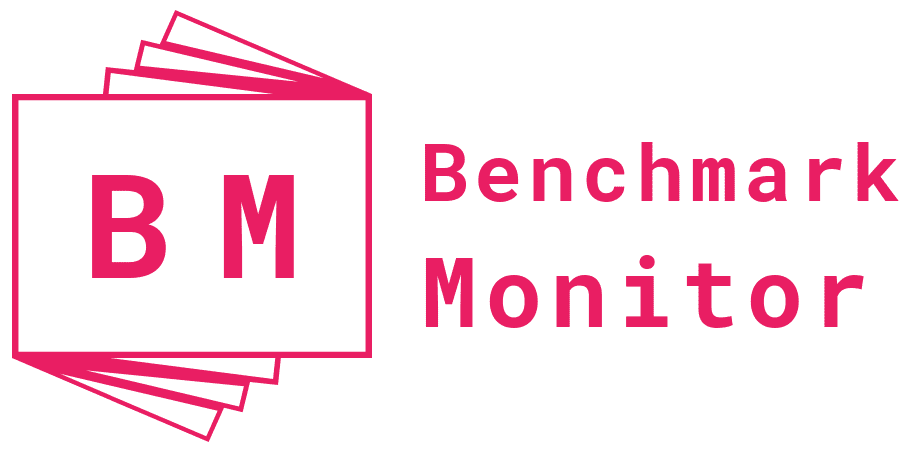AMD shares are heading higher 7.50% in premarket trading on Thursday amid the optimism for the company’s announcements about its second generation Epyc 2 server chip, that is also called Rome.
On Wednesday, August 7, 2019, the chip-maker company also said that the Rome would offer nearly double the performance of Intel Corp.’s Xeon processor at about half the cost.
“Now we always take first-party benchmarks with a grain of salt (they are easy to game), but we have to say AMD went all-out to tell a good story yesterday; we admit they sounded very good,” wrote Bernstein’s Stacy Rasgon, who rates the stock at market perform with a $25 target. “Especially given Intel’s disclosure of further 10-nanomater server delays, the announcements yesterday will likely keep AMD in full control of the datacenter narrative for now.”
Rasgon said that while he thinks “investors purchasing AMD here are already implicitly underwriting scenarios that credit the company with significant success well beyond what has already been promised, with aggressive near-term expectations as well,” shares may head higher if the datacenter narrative persists, which could also weigh on Intel’s stock.
Cowen & Co. analyst Matthew Ramsay said that while AMD still has “much work [to do] to secure/hold meaningful share,” he was impressed by the technical specifications and partner announcements revealed on Wednesday.
“Overall, we anticipate Rome will begin a series of strong quarters of share gains starting in 3Q19 with strong 2H ramps at Amazon, Microsoft, and Google to be catalyzed by the newly introduced suite of 7-nanometer Rome products,” he wrote. “As such we anticipate AMD should push toward 10% server share in early 2020 and exit 2020 with roughly 15% share.”
Wells
Fargo’s Aaron Rakers said that the Rome launch “should provide investors with
increased confidence in the company’s positioning to garner a 20%+ share in the
server CPU market.” He rates the stock at outperform with a $40 target price.
The insider ownership percentage is the key indicator, can be used by
investors, to measure the outlook of senior management has on their company.
Insider ownership for the AMD is 0.60%. Institutional ownership refers to the
ownership stake in a company that is held by large financial organizations,
pension funds or endowments. The Institutional ownership for the AMD is 70.70%.
Insider trading is the buying or selling of any publicly traded company’s stock
and this can be done by someone who has non-public, material information about
that AMD. Insider trading can be illegal or legal depending on when the insider
makes the trade. It is illegal when the material information is still non-public.
The insider transactions of the company (6-month change in insider ownerships)
for the Advanced Micro Devices, Inc. (NASDAQ:AMD) is -19.77%.
Institutional transactions is the amount of a Advanced Micro Devices, Inc.
(NASDAQ:AMD)’s available stock owned by mutual or pension funds, insurance
companies, investment firms, private foundations, endowments or other large
entities that actually manage the funds on the behalf of others, so its an
interesting element for the traders to note it, and the Institutional ownership
for the AMD is 0.11%.
A Technology sector firm, Advanced Micro Devices, Inc. (NASDAQ:AMD) stock
ticked up 1.14% on Wednesday and when day-trade ended the stock finally
concluded at $29.19 and number of shares that changed hands during the day are
56.28 Million. The number of shares AMD stock currently held by all its
shareholders are 1101.03 and floated shares, the number of shares are available
for trading in an open market on last trading day are 1073.84. The average
volume of shares for 3 months is 67549.73 and AMD stock value has moved between
$16.04 – 34.75 in last one year.
The Advanced Micro Devices, Inc. (NASDAQ:AMD)’s latest earnings date is
7/30/2019. The Gross margin is the difference between the revenue and the cost
of goods sold (COGS), divided by revenue. In other words, Gross Margin is a
percentage value, while Gross Profit is a monetary value. The valuable gross
margin for Advanced Micro Devices, Inc. (NASDAQ:AMD) is 39.80% and the profit
margin is 3.30% and the stock has gained 58.13% in 2019 to date.
Advanced Micro Devices, Inc. (NASDAQ:AMD)’s monthly stock performance is
-11.95%, the quarterly performance is 7.75%, the half year performance is
calculated as 25.49%. The yearly performance of AMD is 50.23%.
The higher the volatility, the riskier the security. For example, when the
stock market rises and falls more than one percent over a sustained period of
time, it is called a “volatile” market, if the stock price stays
relatively stable, the security has low volatility. The Advanced Micro Devices,
Inc. (NASDAQ:AMD) weekly volatility is measured as 4.03% and monthly volatility
measured as 3.23%.
Return on assets (ROA) is a main indicator of how profitable a company is
relative to its total assets. AMD return on assets is 4.00%, the return on
equity (ROE) of the Advanced Micro Devices, Inc. (NASDAQ:AMD) is 12.60%, while
the most important return on investment is calculates as a percentage and is
typically used for personal financial decisions, and AMD return on investment
is 18.30%.
The price to earnings ratio is 155.27, price to sales ratio is 5.47, and price
to book ratio is 16.68, price to cash per share ration is 28.49.
Analysts mean target price for Advanced Micro Devices, Inc. (NASDAQ:AMD) is
$33.31 while analysts mean recommendation is 2.50. The current share price
indicates that stock is -16.27% away from its one year high and is moving
82.10% ahead of its 52-week low. AMD’s distance from 20 day simple moving
average is -10.12% and distance from 50-Day simple moving average is -6.52%.

